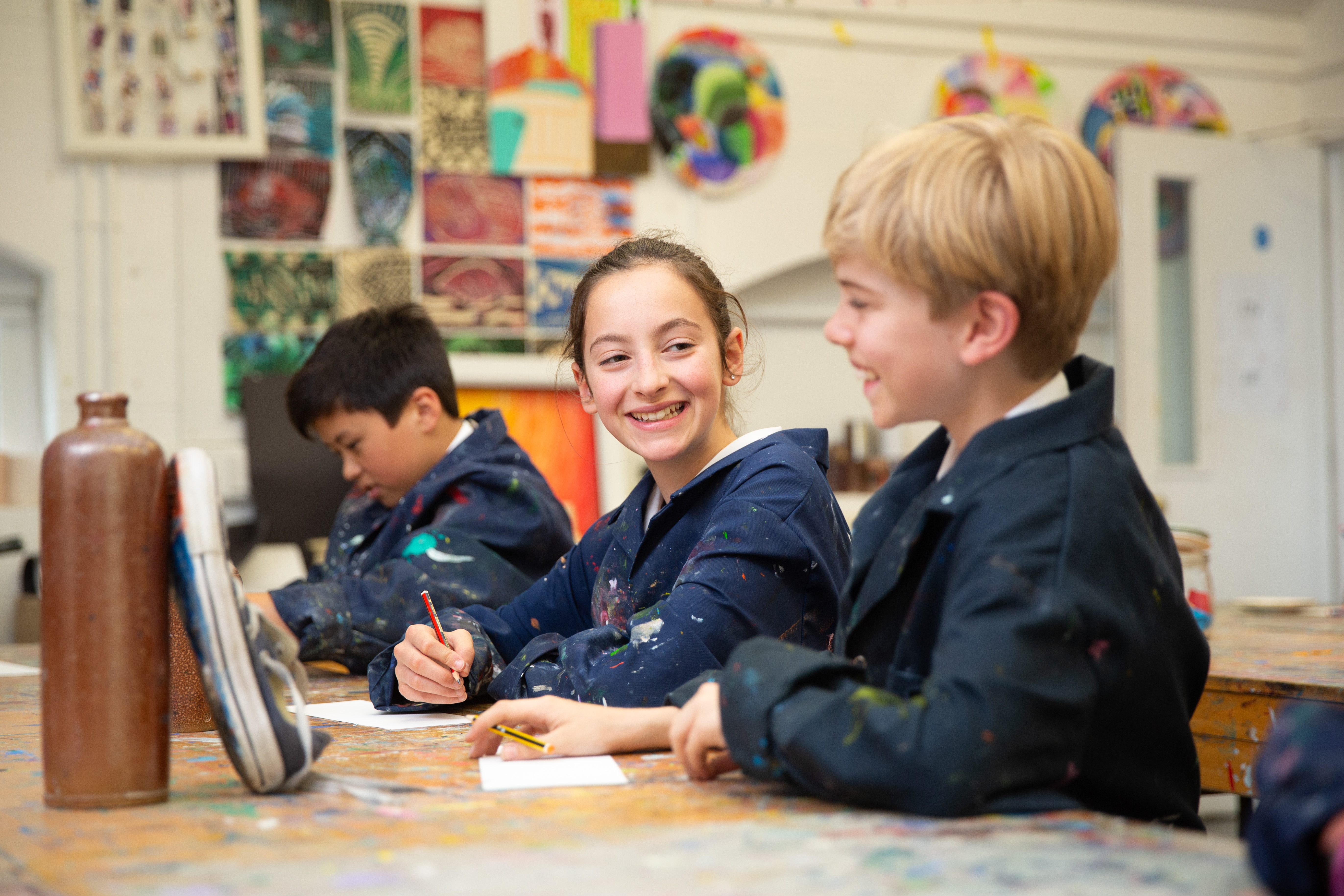
Sally Reynolds, Head of Art at Alleyn’s, tells us how to encourage our children’s artistic development.
Why is Art so good for us?
Art has a unique place in the human psyche; combining both the intellectual and emotional faculties. Engaging in the creative process can be a deeply personal and rewarding one in which art allows a space for reflection and for making sense of the world.
“All children are artists. The problem is how to remain an artist once he grows up.”
– Pablo Picasso
Making art is serious play and is an important expressive outlet for children, giving them the freedom to experiment, develop their imagination, and providing fun and relaxation. For teenagers, it is a tool they can use to explore their own identity and interests, often making work about personal and social issues they feel strongly about. Art also encourages independence and critical awareness, with children from GCSE level onwards becoming used to researching and directing their own projects.
Developing your child’s interest in Art
London is a brilliant city for children to engage in art, both at school and at our amazing range of museums and galleries. Moreover, London’s cultural diversity and contrasting physical landscape make it a wonderfully rich resource in itself.
It is always a good time to get creative. Here are some ideas to try out:
- Visit museums and galleries regularly – check for family activities, workshops and talks: Dulwich Picture Gallery, Horniman Museum, South London Gallery, Royal Academy, Tate Modern, Tate Britain, National Gallery, British Museum, V&A, Serpentine Gallery, Whitechapel Gallery, Camden Arts Centre. The Royal Academy has lots of family activities and under 16 entry is free: www.royalacademy.org.uk.
- Create art with your child. It does not matter if you are drawing in sand or getting out the paints – it is all art!
- Keep a good stock of art materials.
- Have discussions about art – you do not need to be an art graduate – everyone’s opinion is valid.
- Encourage your child to make responses to artists’ works and to produce artwork on themes which draw on their own interests.
- Encourage your child to draw from observation as well as from their imagination.
- Get your child a sketchbook to use as a visual diary where they can jot down ideas, feelings and observations.
- Go to courses such as Dulwich Picture Gallery, the Royal Drawing School and Parade Mews Pottery.
“You’ve got to take all of your little musings seriously. That little doodle in your sketch book might seem inconsequential but down the line it might turn into a major idea.”
– Grayson Perry

